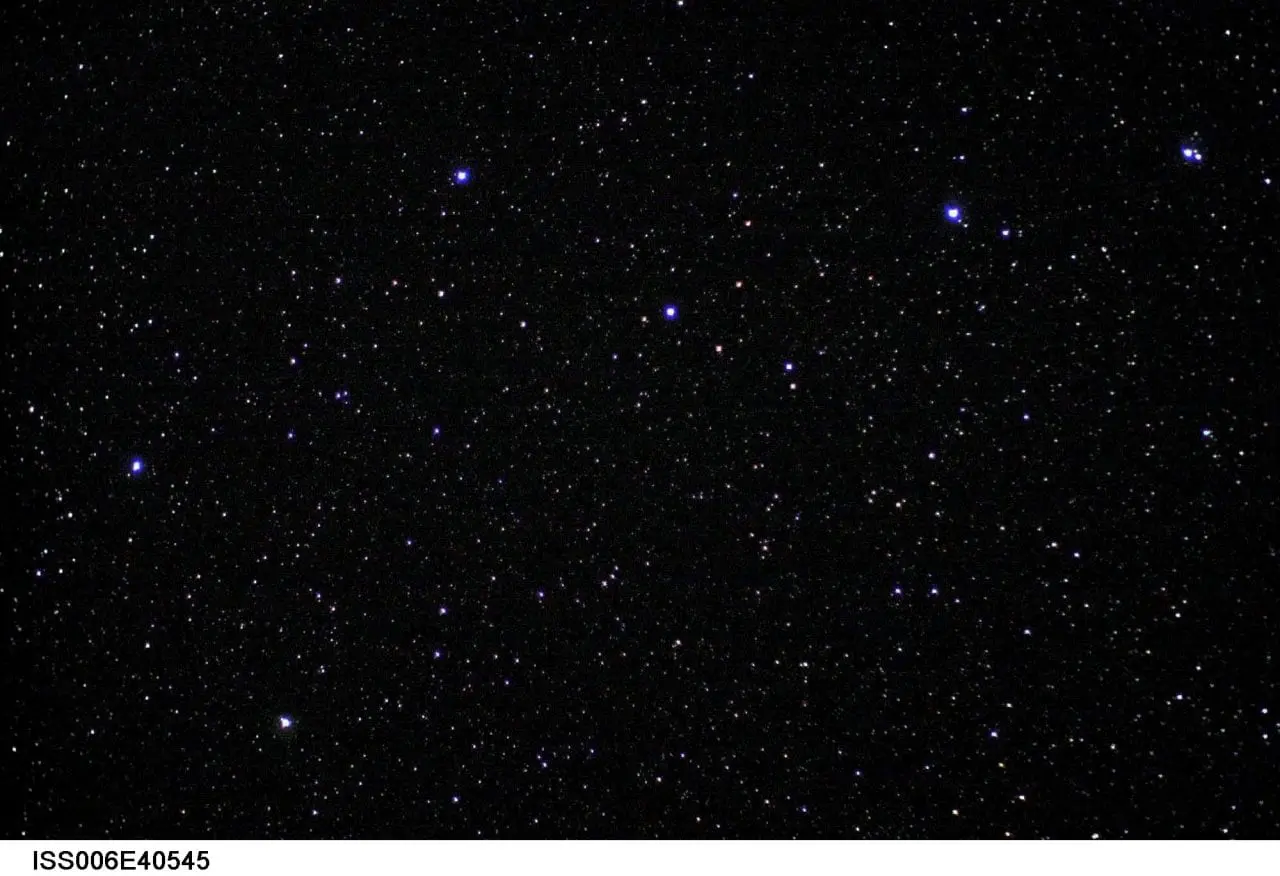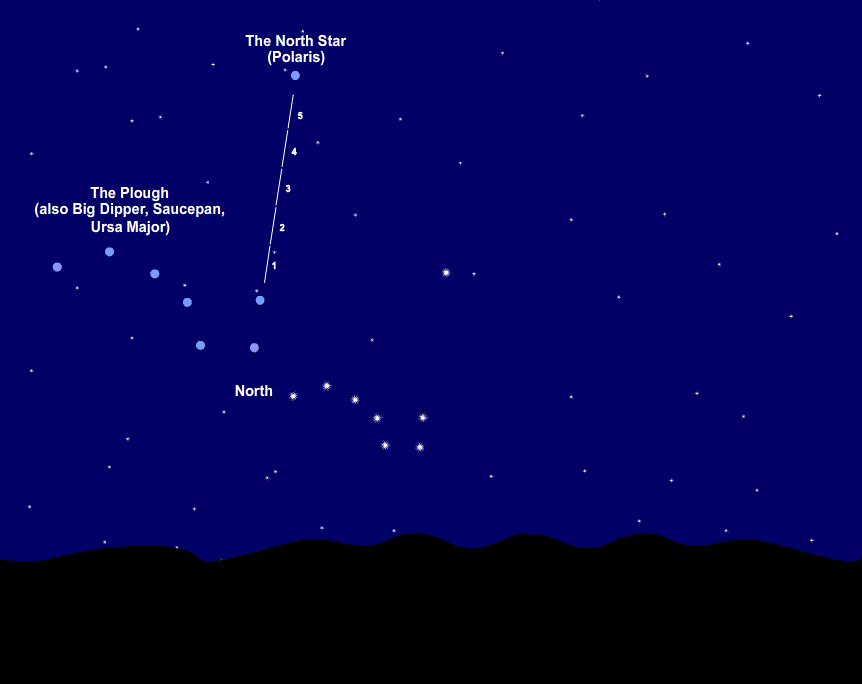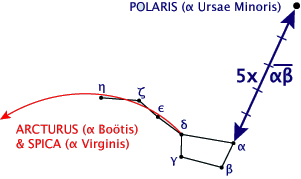Survival Tip: Navigate Using The Stars

If you have to navigate at night it's easy to get lost. Landmarks which are normally visible in daytime can he hard to spot, and even maintaining direction can be difficult. You may feel like you're waling in circles -- and you probably are (we naturally walk in circles when when we lack landmarks).
"Just walking in a straight line seems like such a simple and natural thing to do, but if you think about it, it's quite complicated thing going on in the brain," said Jan Souman, a psychologist at the Max Planck Institute for Biological Cybernetics in Tubingen, Germany.
"After these experiments, I would never go into a big forest or desert without a compass or GPS anymore."
So: If you don't have a compass, it's dark, your phone is dead and you have no clue about your direction -- how can you find north?
On of the best, and most reliable, methods for navigation at night is to use the stars. If you can find north, you can easily maintain a heading and find your way back or to your destination. Even though stars are light years away, they are still incredibly accurate when navigating on earth -- near or far.
The only problem with navigation by the stars, is that they're moving in relation to us. One star which may be above you right now, won't be directly above you in some minutes. So you would constantly need a new star to maintain heading and direction.
The solution to this is to find Polaris -- The North Star. In relation to us, the North Star will be above the North Pole, which is true North.
When knowing the direction to true north, you can find any heading -- something sailors have been using for centuries, before modern tools were available.
The Easiest Way to Find Polaris
If you find the Plough, a easily recognizable group of 7 stars -- you're set!
You may know this group of stars as The Big Dipper or The Saucepan -- I'm using all three terms interchangeably here (just to confuse you). I like to call it the Dipper or Saucepan, as it's easier to explain the pointer stars we'll get to in a second.
After you've found The Dipper, you will have to find 2 pointer stars. Think of these as the part of the 'Sauce Pan' where liquid would be poured from if you tip it up -- opposite of the "handle". It's hard to explain this, so I've included an image from Tristan Gooley, author of several books on natural navigation, below.
The distance from The Dipper to Polaris will always be 5 times the distance between these two pointers (the two stars above the 'North' label in the animation), upwards from the bottom of the pan. True North is directly under Polaris.

By the way: You can pick up Tristan Gooley's Book here -- it's a favorite in my library.
Relation between Polaris and pointer stars (Wikimedia Commons):

The Plough will appear to rotate around the North Star. Sometimes it will appear upside down, or sideways, but it's relationship with the North Star will never change. You can always -- as long as the sky is clear -- find The North Star as described above.
Other Ways to Find Polaris
Sometimes the Plow sits low or is obscured, it can then be better to use the the Cassiopeia (Orion). Cassiopeia will always be on the opposite side of the Plow with the North Star in the middle. When the plow is low, Cassiopeia will be high -- and vice versa.
For our purposes -- which is navigation and not astrophysics -- Orion rises in the east and sets in the west. Orion's belt is a highly recognizable pattern of three bright stars. These are the only three stars in a line appearing in the night sky, and their brightness makes them easy to spot. This is actually fairly accurate; where the first star in the belt to rise and set (Mintaka) will rise and set within one degree of true west and true east -- no matter where you are in the world!
That's pretty amazing if you ask me.
Fun Fact: The North Star and your latitude
As long as you are in the Northern Hemisphere, the angle between the North Star and the horizon will be the same as your latitude. It makes sense when you think about what latitude really is, and that the north star indicates true north -- but I still think it's an interesting fun fact.
You can measure this angle using a sextant.
I actually have one on my fireplace mantle, a decorative piece I picked up at an auction years ago -- that's usually what they're used for nowadays. Anyways, most of us don't carry a sextant around, let alone know how to use it properly, but we can still get a good ballpark number for our latitude.
All though we're all differently made -- some are big, some are small -- for most people an outstretched fist will make an angle of 10 degrees. How many fists can you stack from the horizon to Polaris? You can use this to estimate your latitude -- and it won't be too far off.
That's also pretty amazing if you ask me!
As always, to stay on top of all the survival tips we post here at Readytribe.com, make sure you sign up for our newsletter below -- and we'll send them straight to your inbox.
Featured image of the Big Dipper photographed from the International Space Station, Labeled for reuse


